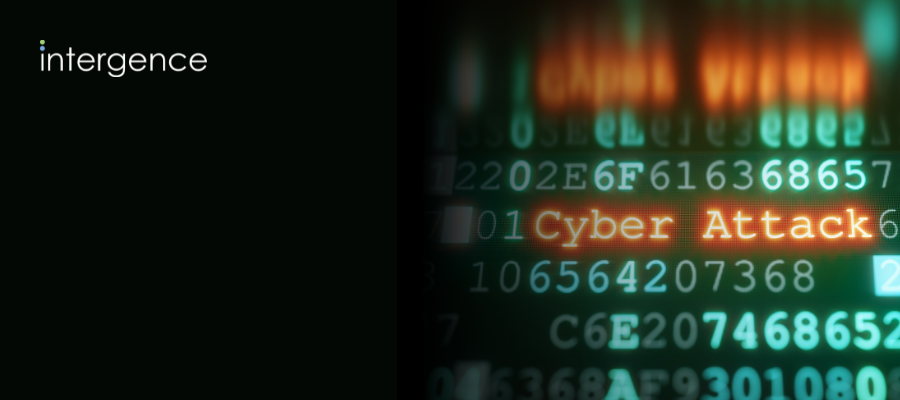As the cybersecurity threat landscape evolves, businesses need to stay ahead of increasingly sophisticated attacks. One of the most effective tools for understanding and responding to these threats is the MITRE ATT&CK framework. Following our recent Cyber Security Awareness event, in this first part of our educational series, we’ll break down what the MITRE ATT&CK framework is and how it can help your organisation defend against cyberattacks.
What is MITRE ATT&CK?
The MITRE ATT&CK framework (Adversarial Tactics, Techniques, and Common Knowledge) is a globally recognised framework that describes the tactics and techniques used by cyber attackers. It helps businesses understand the various stages of a cyberattack and the methods adversaries might use to exploit vulnerabilities in their systems.
The framework outlines the seven stages of an attack, also known as the "kill chain," which are:
- Reconnaissance – Gathering information about the target.
- Weaponisation – Crafting malicious tools or code.
- Delivery – Sending the malicious payload to the target.
- Exploitation – Taking advantage of vulnerabilities in the system.
- Installation – Installing malware or gaining unauthorised access.
- Command and Control – Communicating with compromised systems to control them remotely.
- Actions on Objectives – Executing the final goal, whether it’s data theft, ransomware, or system disruption.
By understanding these stages, businesses can better assess their vulnerabilities and implement strategies to prevent attacks.

How Does MITRE ATT&CK Help Businesses?
The MITRE ATT&CK framework is a valuable tool for identifying gaps in your security posture. It provides detailed information on the techniques attackers might use and allows businesses to see where they might be most vulnerable.
For example, Fortinet and Intergence use the framework to evaluate client systems and determine the most effective way to stop an attack before it reaches critical stages like installation or command and control.
In the next part of this series, we’ll dive deeper into specific techniques used in each stage of the kill chain and how to defend against them.
Cybersecurity threats are ever-evolving, but with the right combination of education, process, and expert support, businesses can protect themselves from potentially devastating attacks. If you missed the event, Intergence is offering a free breach awareness report—a valuable resource to help you understand your current vulnerabilities and start taking steps toward stronger security.
For more information on how Intergence can support your cybersecurity needs, contact us today.

